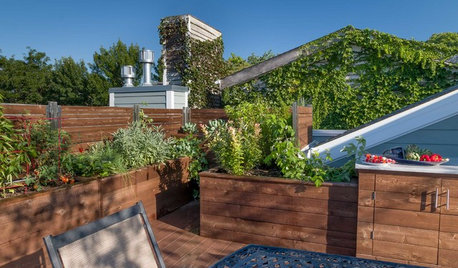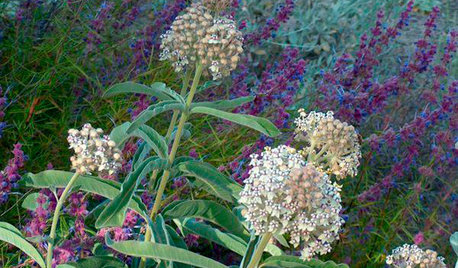? is the largest, fastest growing pine F/ZN6
andyandy
17 years ago
Related Stories

SUMMER GARDENINGHow to Grow Basil
Bright color, quick growth and endless uses for cooking make this summer annual a winner in the garden or a pot
Full Story
FRUIT TREESHow to Grow Your Own Juicy Plums
Easier than other stone fruits and with a variety of colors to choose from, plums are a versatile garden addition
Full Story
EDIBLE GARDENSSummer Crops: How to Grow Tomatoes
Plant tomato seedlings in spring for one of the best tastes of summer, fresh from your backyard
Full Story
GARDENING GUIDES7 New Plants to Grow for Beautiful Foliage
Add color, structure and interest to your garden with these recently introduced plants that sport exceptional foliage
Full Story
EARTH DAYGrow a Beautiful Garden With Ecofriendly Greywater
Reducing home water waste means lower bills and a healthier planet. Here's how to set up a greywater home irrigation system that can help
Full Story
GARDENING AND LANDSCAPINGGrow a Lush Privacy Screen
No need to wait forever for patio privacy the green way. These 10 ideas will get your screening up and running in no time
Full Story
EDIBLE GARDENSHow to Grow Your Own Sweet Summer Crops
This guide will help any gardener get started on growing the freshest warm-season veggies and berries for summer
Full Story
GARDENING GUIDES10 Tips for Beginning Gardeners
With a simple sketch, basic tools and the right plants, you’ll be on your way to growing your first flowers or edibles
Full Story
GARDENING GUIDES10 Top Native Plants for Southern California Gardens
Enjoy a fuss-free, water-wise garden by growing plants naturally in tune with the climate and wildlife of Southern California
Full Story
FALL GARDENING6 Trees You'll Fall For
Don’t put down that spade! Autumn is the perfect time for planting these trees
Full Story






spruceman
wisconsitom
Related Professionals
Summit Landscape Architects & Landscape Designers · Manchester Landscape Contractors · Doctor Phillips Landscape Contractors · Rockville Landscape Contractors · Shirley Landscape Contractors · West Coon Rapids Landscape Contractors · Greenville Siding & Exteriors · Levittown Siding & Exteriors · Marlton Siding & Exteriors · Oak Forest Siding & Exteriors · Orange County Siding & Exteriors · Scotch Plains Siding & Exteriors · North Adams Siding & Exteriors · Portland Decks, Patios & Outdoor Enclosures · Randolph Decks, Patios & Outdoor Enclosuresspruceman
midwestjeff
alabamatreehugger 8b SW Alabama
mdvaden_of_oregon
spruceman
bengz6westmd
andyandyOriginal Author
spruceman
pineresin
spruceman
bengz6westmd
alabamatreehugger 8b SW Alabama
spruceman
spruceman
midwestjeff
spruceman
pineresin
katrina1
Dibbit
spruceman
midwestjeff
bengz6westmd
Dibbit
wisconsitom
pineresin
tennesseestorm